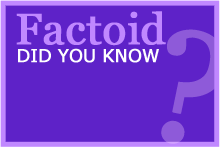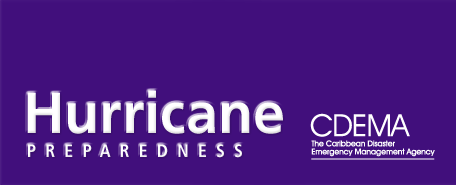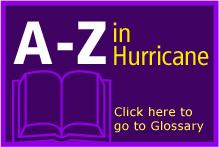|
|
| FAQs |
What is the difference between a hurricane, typhoon, or tropical cyclone?The terms "hurricane" and "typhoon" are simply different names which all refer to a tropical cyclone. Different names are used depending on the country you are in. A tropical cyclone is the generic term used by the World Meteorological Center to define weather systems developing over tropical or subtropical waters in which winds exceed 39 mph.
What is storm surge vs. storm tide?
What is the origin of the word "hurricane"?The word hurricane originated from 'Hurican', the Carib god of evil. The Carib god 'Hurican' was derived from the Mayan god 'Hurakan', one of their creator gods, who blew his breath across the waters and brought forth dry land and later destroyed the men of wood with a great storm and flood. ( sourced from http://www.aoml.noaa.gov/hrd/tcfaq/tcfaqHED.html) What is a tropical disturbance, a tropical depression, or a tropical storm ?
What is the Saffir-Simpson Hurricane Scale?The Saffir-Simpson Hurricane Scale is used to classify hurricanes according to intensity. It groups hurricanes in terms of their potential to create property damage and flooding. (place link here to classification of hurricanes where the Saffir Simpson Scale has already been provided) What is the "eye"? What is the "eyewall"? What are "spiral bands"?The "eye" is a roughly circular area of comparatively light winds and fair weather found at the center of a severe tropical cyclone. Although the winds are calm at the axis of rotation, strong winds may extend well into the eye. There is little or no precipitation and sometimes blue sky or stars can be seen. The eye is the region of lowest surface pressure and warmest temperatures Eyes range in size from 8 km [5 mi] to over 200 km [120 mi] across, but most are approximately 30-60 km [20-40 mi] in diameter(Weatherford and Gray 1988, http://www.aoml.noaa.gov/hrd/tcfaq/tcfaqHED.html). The "eyewall" is located just outside the “eye”. It is the area of highest surface winds in the tropical cyclone and causes the most damaging winds and intense rainfall. How do tropical cyclones form?Here are 5 factors which are required to the development of a tropical cyclone.
How are tropical cyclones named?Hurricanes are given names because this makes them easier to track and identify. Hurricanes are named alphabetically, and each year the first hurricane or storm will have a name starting with “A” and so on; however there are no hurricanes which have names starting with “Q, U, X, Y or Z”. To date there are 6 lists of names generated by the National Hurricane Centre and updated by the World Meteorological Organization. These 6 lists rotate continually, therefore the list for 2012 will be the same list used in 2006, except if a name on the list has been retired. Names on the hurricane lists can be retired if they were used to mark devastating hurricanes. As such a new hurricane name will replace the old one. An Australian forecaster early in the 20th century was the first person to give hurricanes names. He gave tropical cyclone names "after political figures that he disliked”. During a hurricane are you supposed to have the windows and doors on the storm side closed and the windows and doors on the lee side open?No! Keep all of the doors and windows closed and shuttered during the hurricane. The pressure differences between inside your house and outside in the storm do not build up enough to cause any damaging explosions. Should I tape my windows when a hurricane threatens?Taping offers little strength to the glass and zero protection against flying objects. It does not prevent shattering and it leaves glued residue which is often very difficult to remove. When is Hurricane season?In the Atlantic, hurricane season occurs during the period June 1 through November 30th and in the Pacific, May 15th through November 30th. When are storms most likely to occur?Typically, they tend to occur more frequently during the months of August, September and October. For more frequently asked questions feel free to visit
|


























